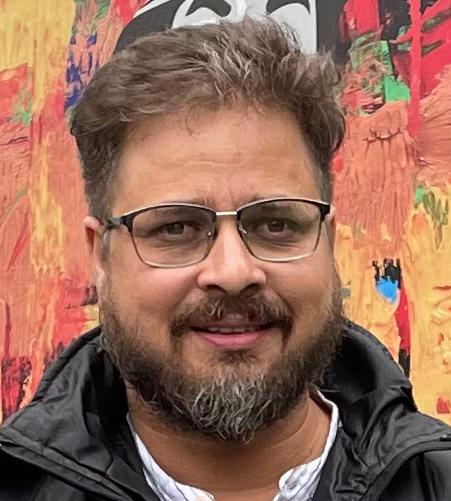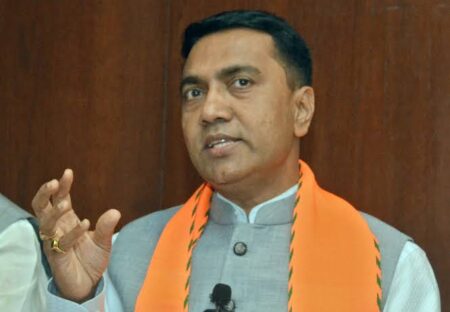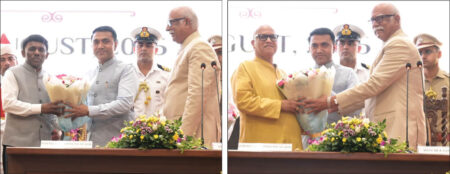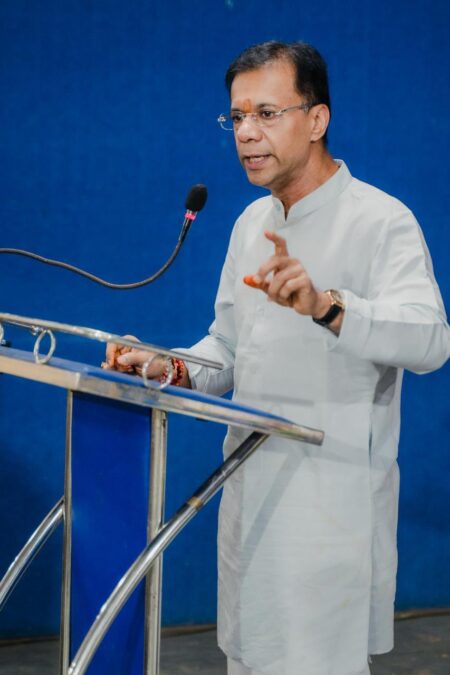AERIAL VIEW
In Goa, Catholics celebrate all the feasts of the Roman Catholic Church, which include the feast of St John the Baptist on June 24 (John the Baptist because he had baptised Jesus Christ on the river Jordan).
Traditionally, there are spirited Sao Joao festivities in the villages of Cortalim in South Goa and Harmal, Baga, Siolim and Terekhol in North Goa. However, over the years, pool parties and private Sao Joao parties in Goa have been a “complete package of merriment and joy” for tourists.
Similarly, the Shirgaonchi zatra is one of the famous Jatra (Feast) all over Goa.
It is also known as Dhonachi Jatra or Lairaidevi Jatra. The Jatra celebration starts with the invocation of Lord Ganesh on Chaitra Shudha Amavashay.

Editor, Goemkarponn
This weekend Goa revelled in the festivities of Sao Joao, wherein thousands of Goans took a dip in the waterbodies – wells, ponds, fountains, rivers and sporting crowns made of fruits, flowers and leaves.
Sao Joao – the “leap of joy”. Enjoyed by children and adults alike, the festival also includes playing the traditional gumott (percussion instrument), a boat festival, servings of feni, and a place of pride for new sons-in-law.
In Goa, Catholics celebrate all the feasts of the Roman Catholic Church, which include the feast of St John the Baptist on June 24 (John the Baptist because he had baptised Jesus Christ on the river Jordan).
Traditionally, there are spirited Sao Joao festivities in the villages of Cortalim in South Goa and Harmal, Baga, Siolim and Terekhol in North Goa. However, over the years, pool parties and private Sao Joao parties in Goa have been a “complete package of merriment and joy” for tourists.
Similarly, the Shirgaonchi zatra is one of the famous Jatra (Feast) all over Goa.
It is also known as Dhonachi Jatra or Lairaidevi Jatra. The Jatra celebration starts with the invocation of Lord Ganesh on Chaitra Shudha Amavashay.
On the day of Jatra, blessings are taken from Goddess Lairai in the afternoon, and then after, people go to a place called Muddy, which is on the boundary of Shirgao Village.
As per the Hindu, calendar Jatra is celebrated on the Vaisha Shudha Panchami. Pujari (Priest) of the Temple of Lairaidevi distribute ‘Tirth’ (holy water) in the morning 7.30 am to all the villagers from its ‘Kalash’ (sacred pot). The Golden Idol of Goddess Lairai, which is kept in the priest’s house, is carried in a ‘Peth’ (box) by the 22 Chowgules (people who play an important role in the ‘Jatra’ celebrations from the village) and bring it in the temple and then an idol is removed and located in the ‘Patlo’ (bamboo made basket) and then an idol is covered with cloth.
After Goddess reach Muddi, all new Dhonds take blessings from Goddess. The program of blessing goes from 2 pm to 8 pm approximate. The idol is taken back to the main temple once the blessing to the new Dhond is over.
This 5-day festival is witnessed by lakhs of people.
The Goa Tourism Department must promote such festivals so that the world knows about the traditions and will generate local revenue.
Simply promoting the festivals of Carnival and Shigmo, which have been heavily commercialised, would not help.
The festivals like the Sao Joao, Shirgaochi Zatra, Sheni Uzzo (Malkarne), three kings festival, Gade etc., need to be promoted.
This will also help as these festivals are held between May to August when there are not many tourists in State.
However, the Tourism Department seems to be only interested in the international road shows wherein they promote the beaches, carnival, shigmo and now casinos.
The Tourism department has to understand that the beauty of Goa lies in such festivals as Sao Joao, Shirgaochi Zatra, Sheni Uzzo (Malkarne), the three kings festival, Gade etc.
Of Course, Carnival and Shigmo have their own essence, but Goa is far more than just these two festivals.







